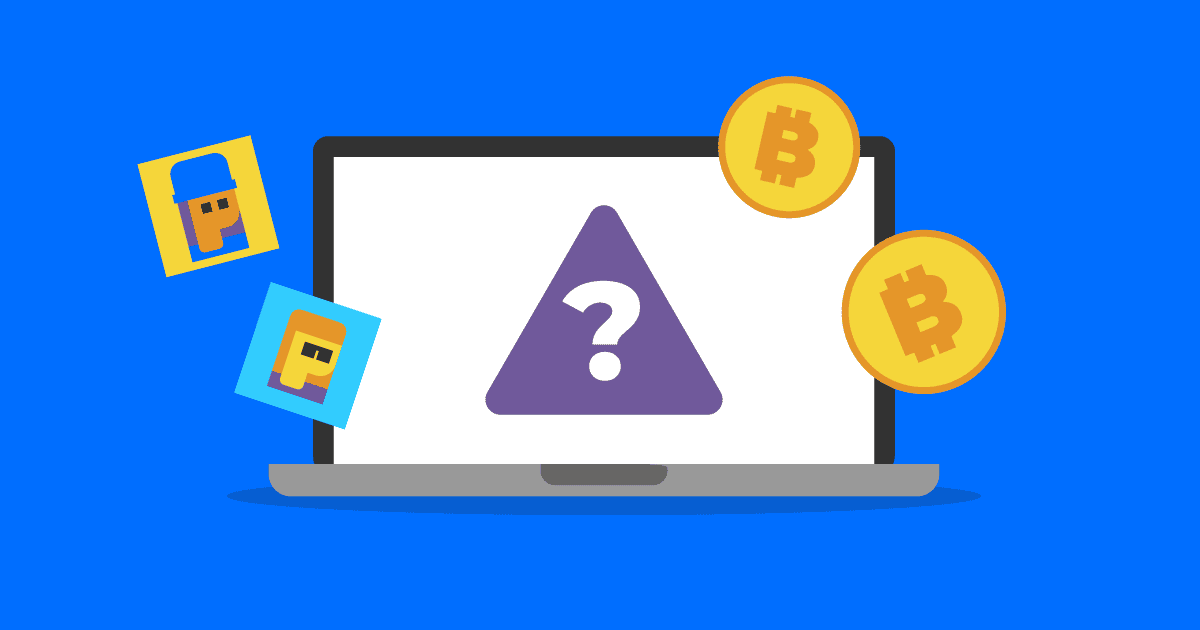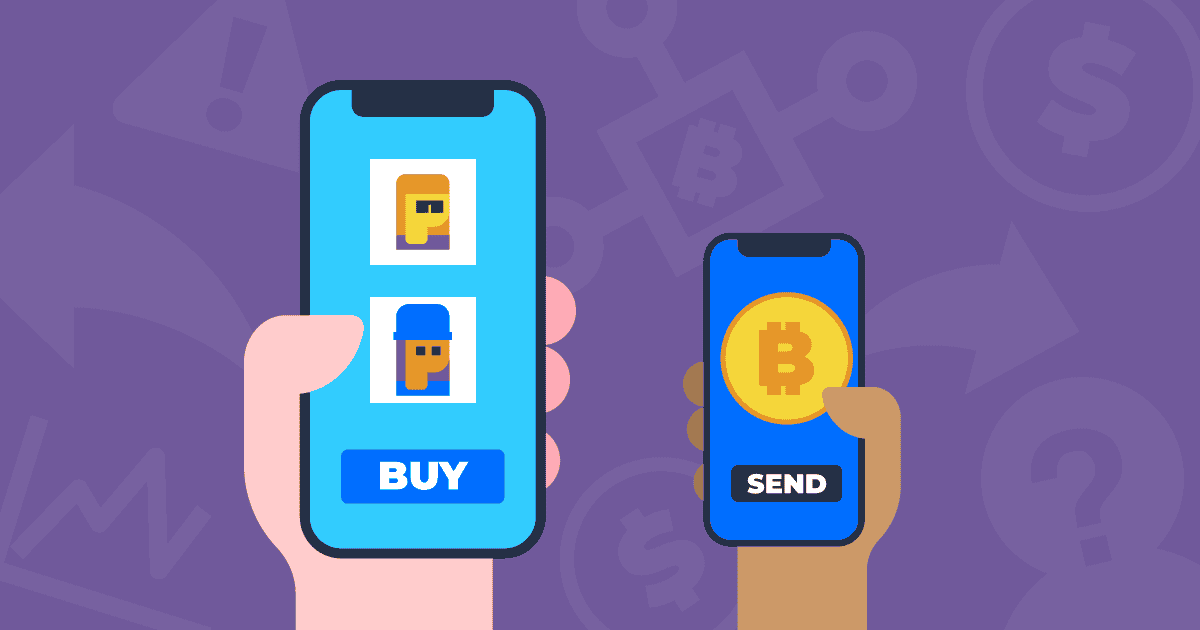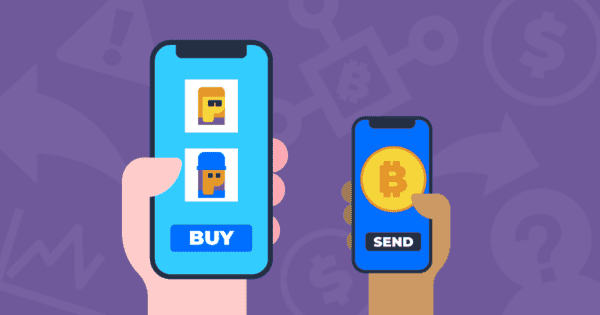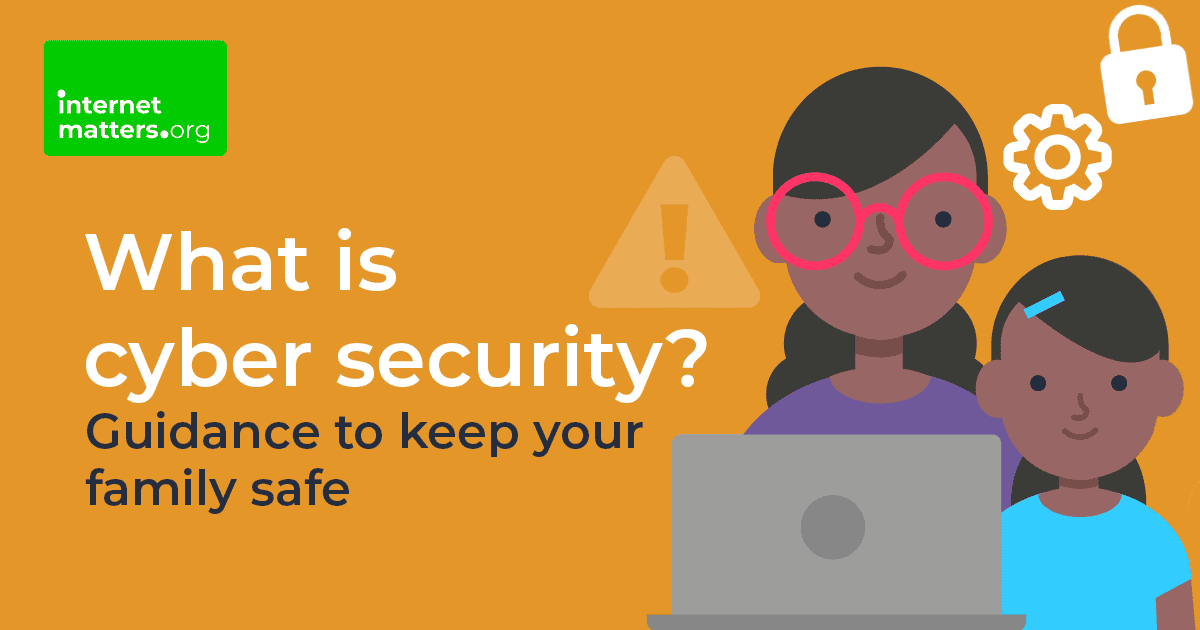What are NFTs?
NFTs are digital assets that represent valuable collectibles such as art works, music and games or membership tokens. They possess a unique identity encryption that is created and validated by the same blockchain technology used with cryptocurrency.
They are different from crypto. While cryptocurrencies are like cash and can have multiple versions for the same note, NFTs are non-fungible. This means each version is unique to its owner.
For instance, there are multiple £50 notes in circulation but there is only one Mona Lisa. Through blockchain technology, a valuable asset like the Mona Lisa painting can be tokenised (turned into an NFT) and sold on an NFT exchange.
How does NFT trading work?
Because of their rarity and value, it is not uncommon for NFTs to command millions in a resale price within a short period. NFT holders can resell their digital assets by transferring ownership to another user’s digital wallet address. To do this, users typically sign-up on popular NFT trading platforms and marketplaces like Opensea to list their items for sale.
Aside from owning the assets, NFT ownership can also give its holders exclusive access to certain perks. A typical example of this is the Socios Token collection. This platform gives fans of sports/teams such as Arsenal Football Club and UFC exclusive rights to perks and surveys, earning rewards points the more they interact.
Why are NFTs so popular among young people?
Unlike the traditional finance world, which is often seen as formal, the blockchain world is new and exciting. The exclusivity, entertaining trends, celebrity participation, sports promotions, and social media presence of major NFT projects means that young people are being exposed to all the latest crypto developments in real time.
NFTs have effectively blurred the lines between finance and entertainment. Furthermore, NFT technology is being applied to various forms of entertainment including music, online video gaming items, celebrity-autographed collectibles and more.




 More platforms that teach children how to use cryptocurrency or NFTs are being created. See some of the more popular platforms.
More platforms that teach children how to use cryptocurrency or NFTs are being created. See some of the more popular platforms.


